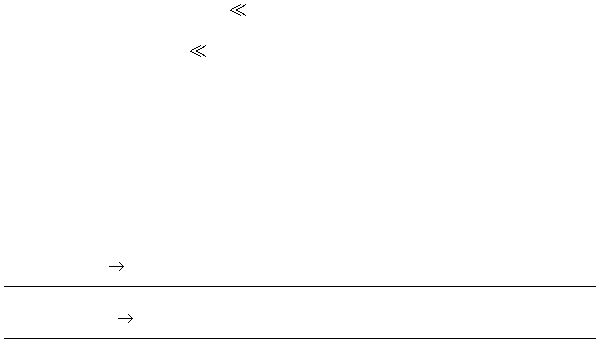
F-5
CH2Cl2 layer changing from pale pink to colorless. Be sure to add the thiosulfate solution slowly as you
get close to the equivalence point.
NOTE: Like triiodide and iodide ions, thiosulfate ions are not significantly soluble in the CH2Cl2 layer,
therefore, the reaction between S2O3²
-
(aq)
and I
2(aq)
occurs in the aqueous layer. For the
iodine in the CH2Cl2 layer to react with thiosulfate, it must be extracted back into the aqueous
layer. Both layers must become colorless at the same time. To ensure that this happens, and that
all of the I2 in the CH2Cl2 layer does react, the thiosulfate must be added slowly near the
equivalence point of the titration of the CH2Cl2 layer. Also, the flask must be swirled
vigorously and continuously to mix the layers, so that all the I2 is extracted back into the
aqueous layer.
ADVANCE STUDY ASSIGNMENT
1.
What is a distribution equilibrium?
2.
Consider the following reactions in an equilibrium system:
I
2(aq)
+ I
-
(aq)
I3
-
( aq)
(i)
I
2(aq)
I
2(CH2Cl2)
(ii)
Describe in words, how the concentrations of all the species in this system would be affected if some
I3
-
(aq)
is removed from the system. Give your answer in terms of the reaction quotients, equilibrium
constants, and positions of equilibria.
______________________________________________________________________
______________________________________________________________________
3.
Complete and balance the following equations:
S2O3 ²
-
(aq)
+ I
2(aq)
S2O3 ²
-
(aq)
+ I3
-
(aq)
4.
(a) What quantitative information is obtained by titrating the aqueous layer with S2O3²
-
(aq)
?
______________________________________________________________________
______________________________________________________________________
(b) What quantitative information is obtained by titrating the CH2Cl2 layer with S2O3²
-
(aq)
?
